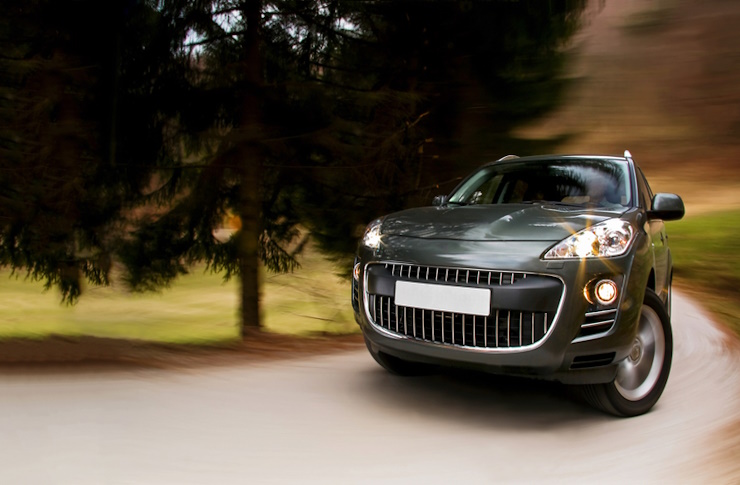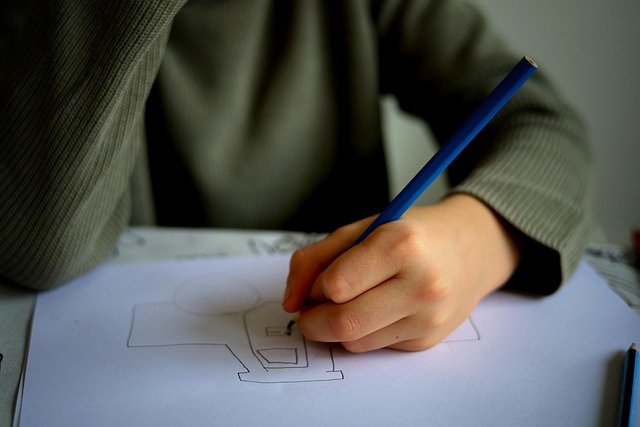"Reimagining Car Interiors: An Insight into Smart Surfaces"
As we step into the future of automotive design, smart surfaces are redefining our driving experiences. This technology, still in its infancy, promises to transform the way we interact with our vehicles. Let's delve into the fascinating world of smart surfaces and explore the potential impact on the automotive industry.

The Emergence of Smart Surfaces
The concept of smart surfaces isn’t entirely new; it finds its roots in consumer electronics where touch-sensitive interfaces replaced traditional buttons. In the context of automotive design, smart surfaces are interactive elements integrated into a vehicle’s interior. They’re called ‘smart’ because they can detect and respond to user input, replacing physical buttons and dials with sleek, intuitive controls.
The Mechanics Behind the Magic
Smart surfaces employ a variety of technologies to function. Capacitive sensing, the most common, enables the surface to detect touch by monitoring electrical changes in the surface’s electrostatic field. Haptic feedback, another essential element, gives users a tactile response, simulating the feel of a button press. This combination of technologies helps create a seamless and immersive user experience.
The Current State of Smart Surfaces
Today, smart surfaces are becoming increasingly prevalent in luxury and high-end cars. They’re used to control a variety of functions, from climate control to infotainment systems. The Volkswagen Golf 8, for example, features an extensive use of smart surfaces. However, the technology is still in its early stages, and the industry is actively working to refine and expand its application.
The Potential Impact of Smart Surfaces
Smart surfaces hold immense potential for the automotive industry. They can streamline interiors, reducing clutter and enhancing aesthetics. The touch-based controls can potentially be more intuitive and flexible than traditional buttons. Moreover, since these controls are software-driven, they can be updated and customized, giving users a more personalized driving experience. However, there are challenges too. These include ensuring reliable performance, overcoming tactile feedback limitations, and addressing safety concerns related to driver distraction.
The Road Ahead
As we look to the future, smart surfaces promise to play a key role in shaping our driving experiences. With advancements in technology and design, we can expect to see more widespread adoption of smart surfaces across various vehicle segments. While challenges remain, the potential benefits make this an exciting area to watch in the automotive industry.
In conclusion, smart surfaces are more than just a design trend; they represent a shift in how we interact with our vehicles. As this technology evolves, it has the potential to redefine our driving experiences, making them more intuitive, immersive, and personalized. So, as we accelerate into the future, smart surfaces could be an integral part of our journey.




